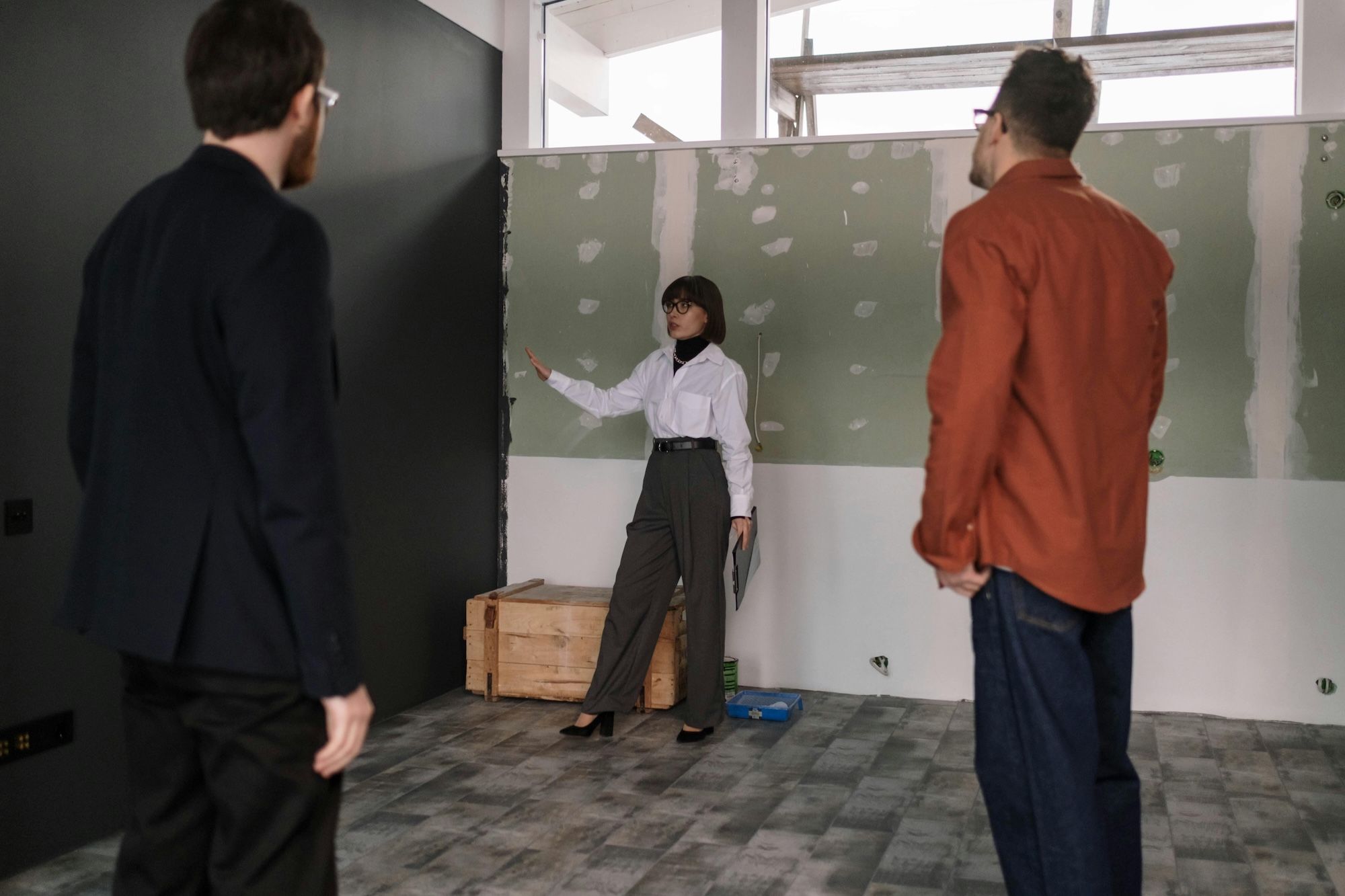Sustainability in Business Renovations: Going Beyond the Basics

Sustainability is not a catchphrase but an assumed standard of today's businesses. Whether in the interior redesign of a storefront, office remodel, or maintenance of a massive building, material, energy consumption, and design decisions have long-term environmental impacts. Sustainable remodels are not just energy-efficient light bulbs or recycling programs; they are all the little things, an influence on cost of operations and public perception.
Back to Material and Design Choices
Rethinking materials is the initial step toward sustainable refurbishments. Utilizing renewable, recycled, or sustainably sourced alternatives reduces the net effect of a project. Some alternatives include certified natural timbers by ethical forestry groups, recycled metal, and low-VOC paint. Even trim is important. A single small decision, like utilizing wall decoration with flower prints that are recycleable, shows a concern for sustainability that tells employees and customers about the business. These small actions support the business identity as well as meeting green goals.
No less important is the concept of longevity. Solutions that are implemented with longevity in mind reduce the waste cycle that is created by constant replacement. Well-chosen flooring, long-lasting finishes, and long-term exterior coatings enable a company to be functional as well as aesthetically pleasing without constant updates, ultimately conserving resources.
Energy Efficiency and Smarter Systems
While materials are accountable for the groundwork of sustainability, energy efficiency will most probably provide the most apparent outcomes. Improved HVAC systems, high-performance insulation, and high-efficiency windows decrease consumption and reduce emissions. Numerous companies also look to renewable energy sources, including solar panels, which are highly apt for areas blessed with plenty of sunlight.
Smarter technology continues to push these efforts forward. Automated lighting, motion sensors, and programmable thermostats regulate the consumption of energy to the actual needs of the space so that resources will not be wasted when the spaces are not occupied. The integration of these systems demonstrates a business's commitment to innovative, green operations.
The Role of Outdoors and Exteriors
Outside elements are just as crucial to sustainable renovations as inside elements. Landscaping, for example, can be made water-efficient by adopting drought-resistant plants or the installation of irrigation systems that are maximized for efficiency. Outside the landscaping, even the building itself must be addressed. Roofs, walls, and facades are the first line of defense against natural wear, so their upkeep becomes the key to long-term sustainability.
A well-maintained exterior not only extends the lifespan of a building but also reduces the need for costly and resource-hungry repairs. Examples include businesses that invest in environmentally friendly maintenance methods such as professional roof painting Sunshine Coast companies provide. Protective coatings can decrease heat absorption, minimize energy demands, and increase the lifespan of roofing material. These actions reduce the environmental cost of ongoing repairs and create a sleek, professional exterior facade.
Balancing Aesthetics With Responsibility
Sustainability does not have to mean sacrificing style or brand identity. Green building renovations are frequently misinterpreted by most businesses as resulting in dull or stagnant design. Sustainable choices actually provide new opportunities for differentiation. Natural light can replace artificial light, creating healthier and more appealing workplaces. Recycled materials can bring unique character and express company values.
Mixing style with responsibility also enables a company to speak to today's consumer. Consumers are increasingly backing brands with which they identify, and an openly sustainable business can be a very strong voice of authenticity. Through the understated use of green interior design, the silent running of energy systems, or the enduring performance of protective coatings, companies are proclaiming in clear terms: they're investing in the future.
The Long-Term Business Value of Sustainable Renovations
While sustainability is generally seen as a moral obligation, it is also a savvy business strategy. Energy-efficient modifications conserve energy, reduce maintenance over the long term, and extend building and interior lives. These savings accumulate over time and are typically sufficient to cover the initial cost of green renovations.
In addition, sustainable environments foster employee health. Fresh air, natural light, and comfortable temperatures create healthier and more productive employees. That translates into less absenteeism and increased job satisfaction, benefits that pay off at the bottom line. On an even larger scale, sustainability enhances brand value, positioning a company as a leader, not a follower, in a competitive market.
Going Beyond the Fundamentals
Sustainable business practices go beyond superficial measures like putting a recycling bin or energy-efficient light bulbs in place. True sustainability is infusing environmental responsibility into every choice, from the art on the walls to the systems used to heat and cool the building.
By embracing these values, businesses can create spaces that are not only beautiful and functional but also sustainable and innovative. Excessive renovations transform a building from an office building into something greater than that—it becomes a statement of values and a promise of a more sustainable future.